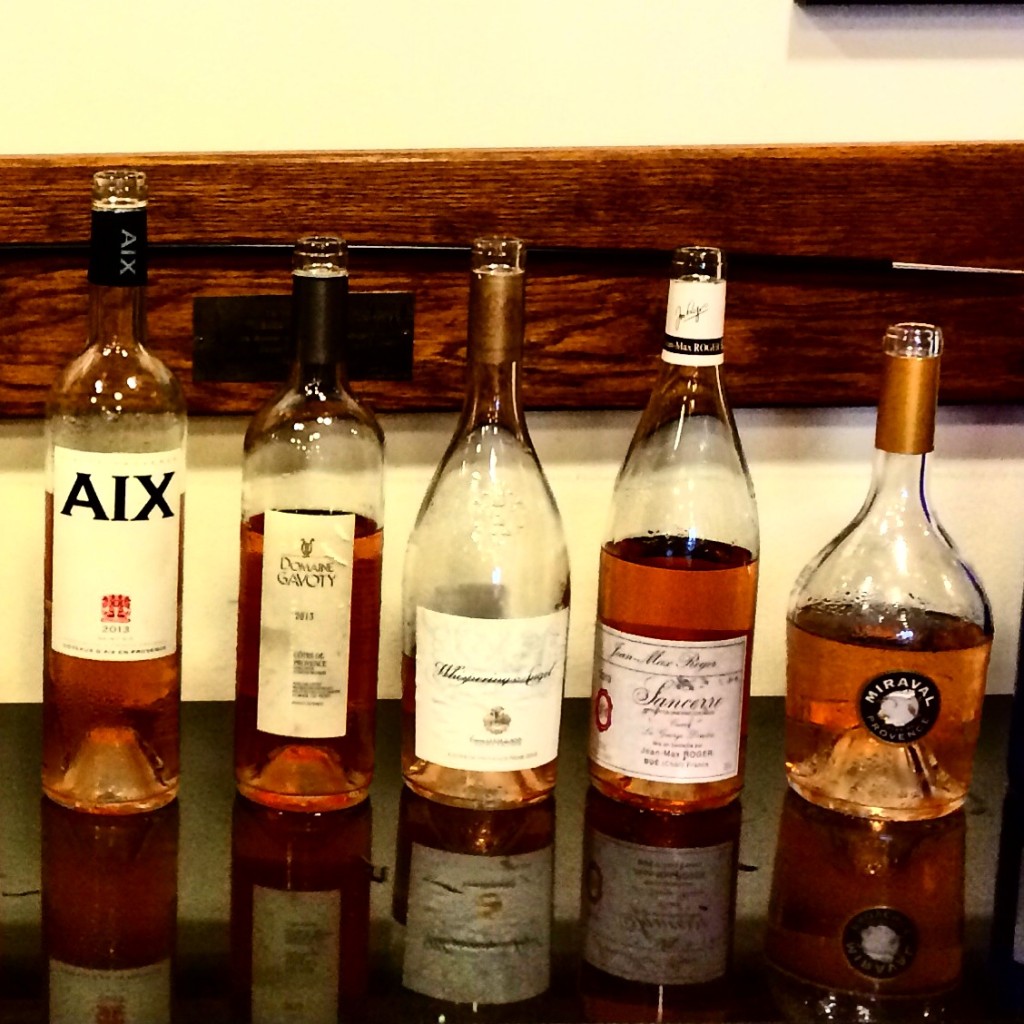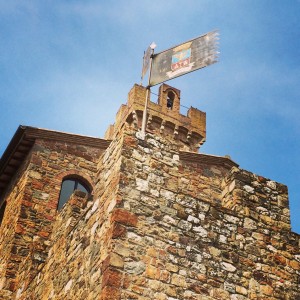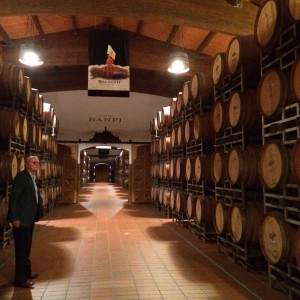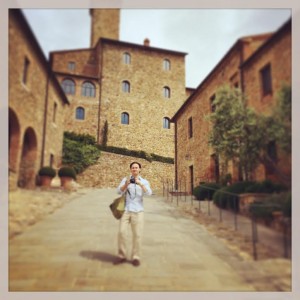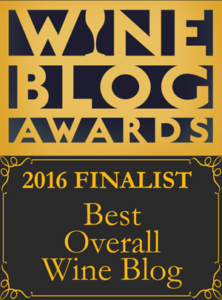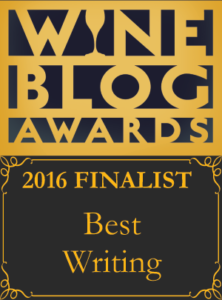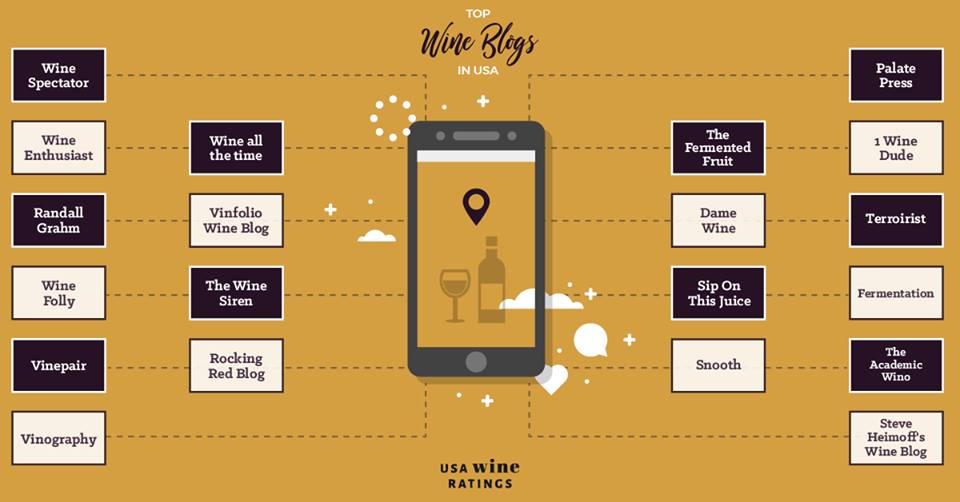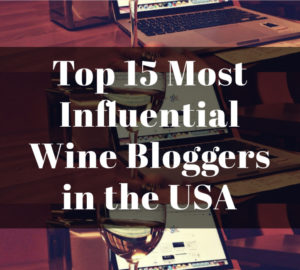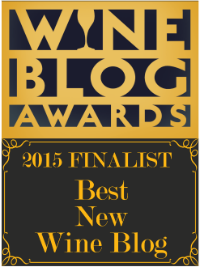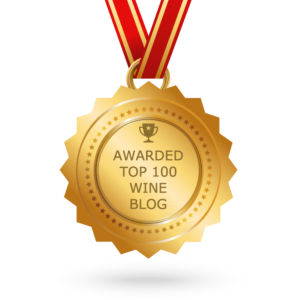On July 2nd, we were lead by Ken Mudford, Director of Inventory, through a tasting/staff training through 12 rosé wines at Sherry-Lehmann. This would help to prepare us for the onslaught of orders for the July 4th weekend, and through the whole summer. Ken has been in the wine trade for over 30 years, 27 of them being at Sherry-Lehmann. I always learn something new from him. He is a fascinating person, especially if you are interested in his contribution to the growth of New Zealand wines in the US market.
But this blog is not about New Zealand wines….even though I LOVE New Zealand Syrah, but that is a blog for another time. This blog is about the color of Provencal rosé wines, and does it influence sales? Actually, I was planning on writing a blog about just a comparison of the different Rosé wines we tasted. But after I tweeted a picture of the tasting that day, a Master of Wine (MW) asked “and out of interest – do you like your Provencal rosés to be as pale as possible?” And I answered with a tweet that I prefer them to be paler than Sancerre rosé wines.
Well, my Sancerre rosé comment mainly came from a mock tasting exam that I took earlier this year in England for the Master of Wine program. I saw a very pale rosé that had restrained fruit and a “mineral” quality… actually before I picked it up to smell it, I said to myself, “This is a Provencal rosé (I believe you cannot count on seeing a more orange than pink hue in the color to guess a Provencal rosé in a blind tasting anymore, as more Provencal winemakers have become a lot better at achieving a lovely pink color). I actually wrote in my note that it had Pinot Noir characteristics possibly suggesting Sancerre, but ultimately choose Provence based on the pale color. As a MW student I know most of the time the color is weak evidence in helping to access a wine. But visual evidence can be very persuasive.
Well, I kept thinking about this question about the color of Provencal rosé wines. One of the many wonderful things about MWs is that they inspire us to examine a certain aspect of a topic that is relevant to the current wine trade/ consumer. So I have been fascinated with this question, and thinking about it every day since last week.
First, let me start out with some interesting facts about the recent growth in sales of rosé wines. Nielsen (January 2014) reported that the US retail sales of premium imported rosé wines (those priced around or above $12 USD a bottle) grew by 39% on volume. Also, my further research shows that the same report showed a 48% growth in value in 2013. Ken said 25 years ago, in the New York City market, there was only around a dozen rosé wines represented at most wine retail stores. He said the trend for rosé wines in the US has really taken off within the past 5 years. This equates to more money for marketing these wines, and also, more money for research and development. Most of us can probably agree that the color of rosé wines are highly important when it comes to sales. But do consumers want their Provencal rosés to be as pale as possible? Are the Provencal rosé producers aware of the consumer’s color preference, and making their wines to suit the consumer’s desire?
I have to say thinking back on my professional experience in New York City, consumers tend to be particular about the color of their rosé wines. I have had customers say that they wanted the color as pale as possible because they wanted a more elegant wine. Conversely, I have had customers who thought if the color was too light then it meant it had no flavor. Actually, I remember one instance where a customer called a retail store that I was currently working for… she took issue with the fact that she asked for a recommendation for an elegant rosé that had a decent amount of flavor. She was sent a very pale Provencal rosé, and even though she hadn’t opened the bottle, she was sure by the color alone that it had no flavor… it was too pale. I completely agree that she had every right to return it, because it was not the color she wanted, and the color was very important to her. But it is fascinating to me how much power the color had on her perception of the wine. And would that of happened if it was not a rosé wine?
The picture above has Whispering Angel in the middle of the lineup. Sorry that most of the wine is gone for the picture (you can look at the very bottom part and see the color), but the staff loves Whispering Angel. It is a very popular Provencal rosé with a very pale color. It is a rosé described by many as being one of the most elegant. Does the color play a part in that quality perception?
There was a panic of a rosé wine shortage back in the summer of 2012 in the Hamptons in New York City. This story was even reported in the New York Post. The rosé wines everyone wanted: Whispering Angel, Domaine Ott, and Wölffer Estate (a popular rosé wine locally made in Long Island, New York). And I can tell you from my experience during that time, people were practically begging me to send them some Whispering Angel. It was a true testament that consumers needed that specific Provencal rosé, and no other would take its place. So it would be interesting to know if the color is part of its success.
I have sent some emails to some Provencal rosé producers to see what they have to say about this topic. Since many people are on a holiday/ vacation during this time I may not receive any answers until after August. But I would like the opinions of other people in the wine trade, and those not in the trade who are wine consumers. What do you think? Do you like your Provencal rosé to be as pale as possible? But I’m hoping to get some decent feedback and to continue a “Part II” of this blog.
Also, here are some quick tasting notes from that tasting… other non-Provencal rosé wines were tasted as well…
Provencal rosé wines
-2013 Domaine de la Petite Cassagne, Costieres de Nimes Rosé
(Cinsault, Grenache, Syrah, and Mourvedre -> do not have %) :
very, very, very pale color, more sweet herbs than savory, and light flavors…
-2013 Mas de Gourgonnier Les Baux de Provence Rosé (60% Grenache, 18% Cabernet Sauvignon, 11% Cinsault, 6% Mouvedre, and 5% Syrah) :
this rosé really impressed me… incredible sense of minerality, nice weight with good backbone of refreshing acidity.. I had not really known this rosé, so a great find
-2013 Domaine St. Aix “Aix” Rosé Coteaux d’Aix en Provence
(Grenache and Syrah) :
bright raspberry, equal noticeable acidity like Gourgonnier, but more linear in body
-2013 Domaine Gavoty Cuvee Tradition Rosé Cotes de Provence
(do not have the blend, please let me know if you know it):
softer acidity than Aix or Gourgonnier, creamy texture.. dried rosemary and fig
-2013 Chateau D’Esclans Cotes de Provence Rosé “Whispering Angel”
(Grenache, Rolle, Cinsault, Syrah, and Mouvedre -> do not have %) :
As a wine nerd you always want to pick the lesser known wine as one of your favorites….I have to give it to Whispering Angel, they know how to make an elegant rosé, no rough edges, smooth until the very end of the finish, very good length and nice complexity (mineral and floral notes)….always impresses the staff…. lightest color with the exception of the Petite Cassagne
-2013 Miraval Cotes de Provence Rosé “Pitt-Jolie Perrin”
(Cinsault, Grenache, and Syrah -> do not have %):
pretty floral aromas dominate, ripe strawberry on the palate, a pure pale pink color.. color not as light in color as Whispering Angel… I have always been a fan of this wine
-2013 Domaine de L’Abbaye Rosé “Clos Beylesse” Cotes de Provence
(20% Grenache, 60% Syrah and 20% Cinsault) :
the blue bottle actually helps to sell this wine… consumers always ask for the blue bottle, they don’t remember the name, but the color is memorable…this has wild brambly fruit, good for those who want their fruit to have Old World charm
Non-Provencal rosé wines
-2013 Maculan Costadolio Rosé from Veneto (100% Merlot):
plum and peach flavors, decent weight even though very light in color
-2013 Jean Max Roger Sancerre Rosé (100% Pinot Noir) :
red cherry, chalky minerality
-2013 Mulderbosch Rosé from South Africa (100% Cabernet Sauvignon):
Intense black and red berry fruit, soft acid, always a great value for New World
-2013 Moraitis Estate Paros Rosé from Greece, Certified Organic
(70% Moraitis-Aidani Mavro and 30% Mandilaria):
dried savory herbs, extremely restrained fruit, made in Paros, even though very different, I like it
-2013 Presqu’ile Winery Pinot Noir Rosé from Santa Maria (100% Pinot Noir)
rich pink color, silky texture, candied red apple, for those who want a “sweet” rose without it actually being technically sweet, higher alcohol 13.8%

